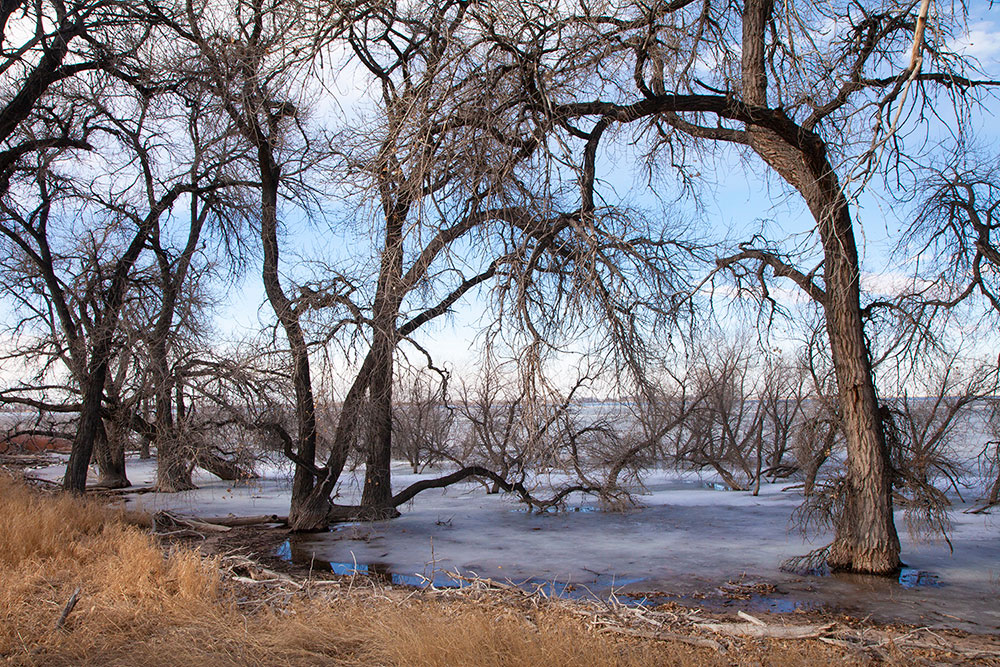Yesterday I shared my observation that natural masterpieces like trees do not compete with, nor do they attack one another. As I often aim to do, let’s see if this approach can help us with our grief and efforts to forage a path of healing.
One of the major discoveries that became apparent in my grief journey, is that my experience of profound longing, and pain in living without two of my children, not to mention friends and family who have also died, is actually as sacred as the love I still feel for them.
As Glennon Doyle says: “Pain is the receipt we have for loving, why would we want to give that away?”
When we brace against our sadness, when we resist the reality of the moment, when we label pain as “bad” or something to be overcome, or avoided, or finished, we are missing a critical part of the grieving process. I can only speak from my own experience, but with it comes seemingly good news: When we learn to accept our broken hearts and honor them, instead of wishing they didn’t exist, they begin to open to us, and bless us with wisdom, love, and insights.
In other words, the relationships with my children and other lost loved ones, carry on, even though the individuals themselves are no longer here. Each time a memory arises, a scent reminds me of my baby girl’s soft hair, or a song brings me to rocking her to sleep in the hundreds of hours spent in the glider, I am reconnected with her. By welcoming the experience of profound loss, we open our experience to continued connection with that person, even when it hurts. Our pain is a requirement of our healing and must be honored.
Looking back to yesterday’s post, my suggestion is that just as trees are uniquely splendid and perfect, so too are the grief paths we are foraging. I don’t need to look left or right for approval from others, or to validate my feelings. It is not up to someone outside of myself to help me heal. It’s a personal choice and the sooner we realize our pain is as valuable and unique as we are, our relationship with our loss becomes one of dignity, poise and respect.
Since there is enough room in the world for all masterpieces, I say we don’t have to choose between love and sorrow after we lose someone we love. It’s all tied up together in the natural creative forces that are constantly calling for us to acknowledge them. Once we truly pay homage to our pain, we begin to trust that whatever healing path we are navigating is solid, dependable, and just plain good.
Our individual experiences of grief then, can be (if we are in a well-balanced state) recognized as masterpieces of nature. Our sorrow and our memories become the relationship we continue to have with the deceased. Seeing this as a curse, or problem to be solved, keeps us from receiving the many gifts of grace, presence and insight that are inherent to the grieving process.
Imagine a tree with only partial blooms. It has the potential to blossom into nature’s perfection and the fullness of who/what it was created to be. Only partially developed, the tree might still look pretty, but it won’t step into the entirety of its natural potential. If we want to shine, we have to let it all be here, no matter how painful. Anything else is like spraying half the tree with chemicals, to attack the parts we don’t want.
When this happens (and I personally ran from grief for over two decades) we only get to be partially here. The fullness of our connection with the deceased is only permitted as a partial expression. If we only allow the happy memories, and don’t sit with our despair, we are missing the other side of the coin, which is begging, screaming, and longing for our attention.
If this sounds familiar, try inviting your pain to sit with you. Even if you can only stand it for two breaths and 30 seconds, welcoming your experience won’t numb the pain, but the nature of being open hearted will eventually soften its sharp edges.
So let’s not look around to see what grief “should” look like, trying to predict, or achieve when we will “feel better.” Our individual grief journeys are sacred, personal, private, and critical to our ability to thrive after tragedy and loss. When we open to them, like a flower opens to the sunlight, we are a little lighter than we were clamped down trying not to expose ourselves.
I am not suggesting that this is an easy choice. But I am saying that when we allow all the parts of our grief to exist, our focus shifts from running, hiding, numbing and resisting, to one of acceptance. For me it looks something like:
“I see you grief, pain, desperation, regret, and I know you are as much a part of this new post-loss existence as the happy, soft memories of the life that has ended. If I try to pick and choose which parts of my grief are ‘allowed’ I miss the aggregate integration of joy and pain upon which my very well-being rests. So I welcome the gamut of my experience to show up, and pay it the respect it deserves.”
This may seem easier said than done, but for me it has been the only path home. Opening to everything helped me find myself again. 20+ years later, but I’ll take it.
If you are so inspired, give this a shot and let us know how it goes by leaving a comment on-line. Peace and Blessings to all, and especially those who are trying to survive profound loss. You’re in good company and we are in it together.

